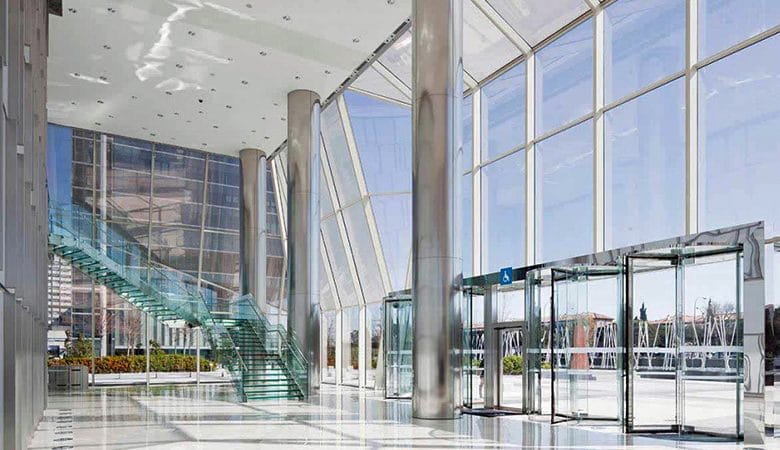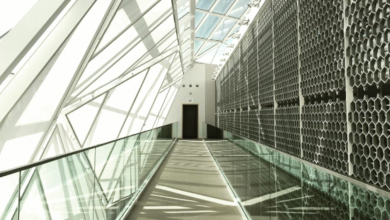The Benefits of Stone Skyscrapers

As we all struggle to get to grips with the challenges of the global climate breakdown, the architecture world continues to look at materials and designs brand-new and from the past that might give us some answers to the logistical challenges that we are facing. One of these areas is to look at how we can utilise stone as a material that is easy to design with and might help us combat the cumulative carbon footprint of our cities (as a much better alternative to concrete). There are quite a few architecture studios in the world today playing with this concept, and we are now seeing greater numbers of ideas for stone skyscrapers.
Stone as a material in a single instance is much cheaper to construct with that concrete or steel, and when you extrapolate that over a 25-storey skyscraper you can begin to see the huge benefits of building with stone rather than those other alternatives that we are so used to seeing in most city centre structures, no matter how high.
This can be seen in a recent exercise where Groupwork studio has worked in collaboration with Webb Yates (a structural engineer) to design a 30-storey office block that is constructed with stone. The idea is to see whether in reality it would be a cheaper and more sustainable option that the concrete or steel you would typically see used in these sorts of building designs.
The skyscraper looked at direct comparisons with concrete and steel structures, finding that stone skyscrapers would have a significantly lower impact on the environment, and would be a lot cheaper to put into practice than the alternatives. What was discovered was that the stone skyscraper, built with stone floors, would have a much lower level of embodied carbon when directly compared with a concrete skyscraper or a steel structure of that height. Stone has a zero-carbon footprint on its own merit of course, and when you consider combining stone structures with cross-laminated timber floors and other timber structures, it could create a carbon-negative structure in theory. It is an incredibly exciting time when looking at alternatives to the way in which we currently construct our cities and house our urban populations.

It is astounding what can be achieved with some creativity, inquisitive minds and experts in the field of architecture and design. At a time when we need change more than ever before in the way that we construct our cities, it is heartening to see what can be potentially achieved. The use of stone in construction isn’t new of course, but what is new is looking at it as a future alternative to steel and concrete when constructing skyscrapers in major cities across the world. If it continues to be proven that stone skyscrapers are cheaper to build and better for the environment that what is currently being used primarily, it could start a brand-new chapter for architecture and urban planning.






